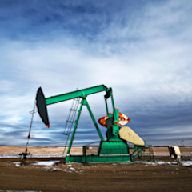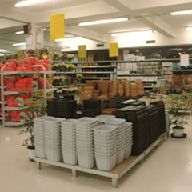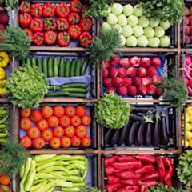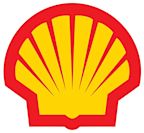Search results
Within a 21 mile radius:
Lowest $3.07/Regular
Average $3.48/Regular
Discover more placesNear Columbus, OH
Refine results for Gas Stations
As the nation's largest natural gas distribution utility, we deliver clean, safe and reliable energy to 21.1 million consumers in more than 500 communities.
- Pay Bill
Confused about your natural gas bill? Let us help you make...
- My Account
Scam Alert: SoCalGas will never reach out via text message,...
- Contact Us
For Gas Emergencies or Safety Issues. 24 hours a day, 7 days...
- Schedule Service
Take care of all your natural gas service needs quickly and...
- Pay Bill
- Overview
- Structure
- Kinetic-molecular picture
- Numerical magnitudes
gas, one of the three fundamental states of matter, with distinctly different properties from the liquid and solid states.
The remarkable feature of gases is that they appear to have no structure at all. They have neither a definite size nor shape, whereas ordinary solids have both a definite size and a definite shape, and liquids have a definite size, or volume, even though they adapt their shape to that of the container in which they are placed. Gases will completely...
Gases nevertheless do have a structure of sorts on a molecular scale. They consist of a vast number of molecules moving chaotically in all directions and colliding with one another and with the walls of their container. Beyond this, there is no structure—the molecules are distributed essentially randomly in space, traveling in arbitrary directions at speeds that are distributed randomly about an average determined by the gas temperature. The pressure exerted by a gas is the result of the innumerable impacts of the molecules on the container walls and appears steady to human senses because so many collisions occur each second on all sections of the walls. More subtle properties such as heat conductivity, viscosity (resistance to flow), and diffusion are attributed to the molecules themselves carrying the mechanical quantities of energy, momentum, and mass, respectively. These are called transport properties, and the rate of transport is dominated by the collisions between molecules, which force their trajectories into tortuous shapes. The molecular collisions are in turn controlled by the forces between the molecules and are described by the laws of mechanics.
Thus, gases are treated as a large collection of tiny particles subject to the laws of physics. Their properties are attributed primarily to the motion of the molecules and can be explained by the kinetic theory of gases. It is not obvious that this should be the case, and for many years a static picture of gases was instead espoused, in which the pressure, for instance, was attributed to repulsive forces between essentially stationary particles pushing on the container walls. How the kinetic-molecular picture finally came to be universally accepted is a fascinating piece of scientific history and is discussed briefly below in the section Kinetic theory of gases. Any theory of gas behaviour based on this kinetic model must also be a statistical one because of the enormous numbers of particles involved. The kinetic theory of gases is now a classical part of statistical physics and is indeed a sort of miniature display case for many of the fundamental concepts and methods of science. Such important modern concepts as distribution functions, cross sections, microscopic reversibility, and time-reversal invariance have their historical roots in kinetic theory, as does the entire atomistic view of matter.
Britannica Quiz
So Much Chemistry, So Little Time Quiz
When considering various physical phenomena, it is helpful for one to have some idea of the numerical magnitudes involved. In particular, there are several characteristics whose values should be known, at least within an order of magnitude (a factor of 10), in order for one to obtain a clear idea of the nature of gaseous molecules. These features i...
- Edward A. Mason
Apr 11, 2024 · Gas prices are averaging close to $5.46 a gallon in California and at or topping four bucks a gallon in six states, including Alaska, Arizona, Hawaii, Nevada, Oregon and Washington, according to...
- 4 min
- Kate Gibson
Gas is one of the four fundamental states of matter. The others are solid, liquid, and plasma. A pure gas may be made up of individual atoms (e.g. a noble gas like neon), elemental molecules made from one type of atom (e.g. oxygen), or compound molecules made from a variety of atoms (e.g. carbon dioxide).
Download the free GasBuddy app to find the cheapest gas stations near you, and save up to 40¢/gal by upgrading to a Pay with GasBuddy fuel rewards program.
Jun 14, 2022 · What goes into the price of gas. Monthly input costs for a gallon of regular gasoline, U.S. average. $1. $2. $3. $4 per gallon. 2019. 2020. 2021. 2022. Refining. Distribution and marketing....
The meaning of GAS is a fluid (such as air) that has neither independent shape nor volume but tends to expand indefinitely. How to use gas in a sentence.











































